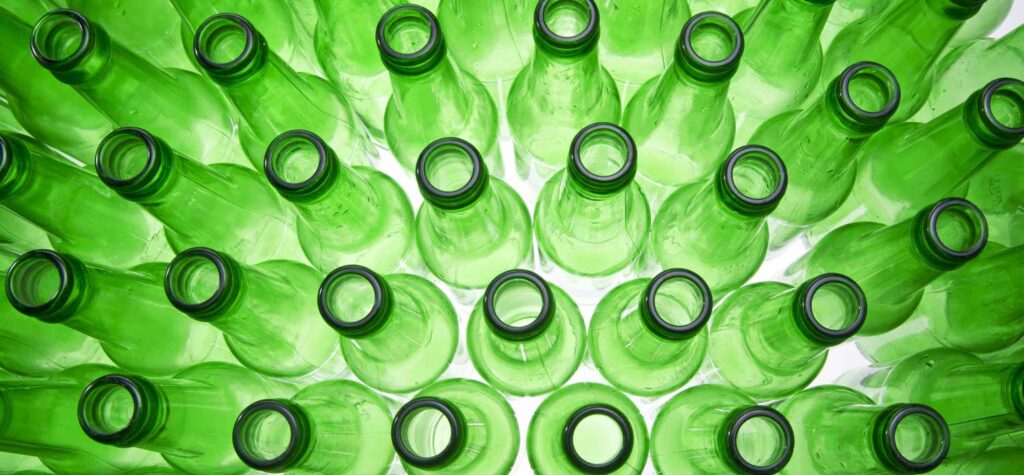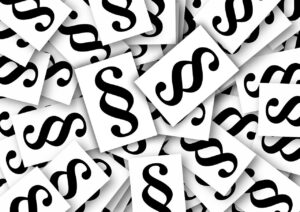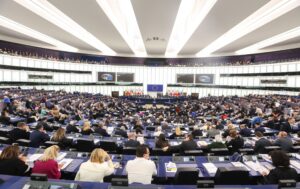Manner and Scope of the Material’s Use
- 44 % of glass production in Germany was used for packaging in 2015.
- 65 % of all container glass is in the form of beverage bottles, with nearly 26 % in glass jars and 9 per cent for cosmetics and pharmacy.
- Based on the production value, the proportion of glass packaging for foodstuffs in 2015 was around 7 % (source: GADV).
- In Germany the consumption of glass was 3,135,200 tonnes in 2020 (source: UBA).
Material Use During Manufacturing
- Glass is produced from natural, domestic raw materials such as quartz sand, soda, limestone and dolomite, which are almost unlimited in nature.
- The most important raw material for glass production is recycled glass. Glass can be recycled without loss of quality. On average, glass packaging is made up of 60 % recycled glass. For some colors, the proportion can be up to 90 %.
- The use of recycled glass saves energy and resources: using 10 % of waste glass reduces the melt energy by 3 % and CO2 emissions by 3.6 %.
- Glass is an inert packaging material which has practically no interaction with the filling material.
Collection / Sorting / Recycling
- Glass is virtually endlessly recyclable and can be recycled without any loss of quality and is recycled in a nearly closed cycle. This means that old glass packaging serves as raw material for new glass packaging.
- The recycling system for glass was brought to life in 1972 as a delivery system by the glass industry. It is an existing and functioning system, in which around 97 % of households participate. Color separation by the consumer is worthwhile as the recycled glass can be reused for the respective colors and a high level of recycling is ensured.
- There are more than 250,000 container collection points at central points throughout Germany. The campaign “Nicht alles passt ins Altglas” (“Not all used glass passes”) helps the consumer to dispose of old glass properly (www.was-passt-ins-altglas.de).
- Returnable disposable glass bottles are traded through a deposit system.
- The recycling rate in 2020 was 84.2 % (source: UBA). Recycled glass fragments have a considerably positive market value and are an internationally sought-after commodity.
Development / Background / Outlook
- Through more efficient production techniques, weight reductions and the use of recycled glass, a total of 63 % of energy was saved from 1968 to 2013. The physical-technical minimum is nearly reached during the production of container glasses.
- One of the most important innovations in the container glass industry is the development of light glass technologies. Through this, the weight of different glass packages has successfully been reduced by up to 40 %. The weight reduction contributes to considerable raw material and energy savings.
- For example, the weight of the standard one-liter wine bottle has decreased from 600 grams to about 345 grams since 1975.
UBA Umweltbundesamt (2022): Aufkommen und Verwertung von Verpackungsabfällen in Deutschland im Jahr 2022.



